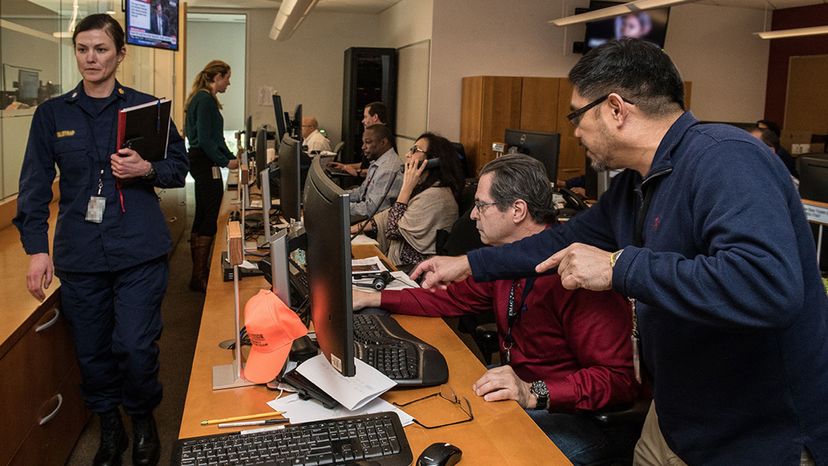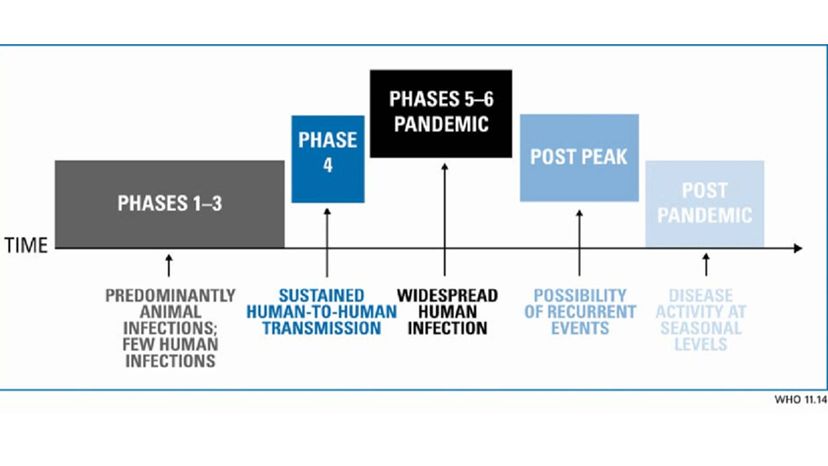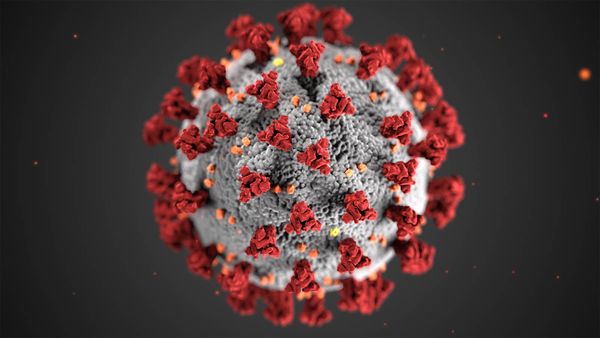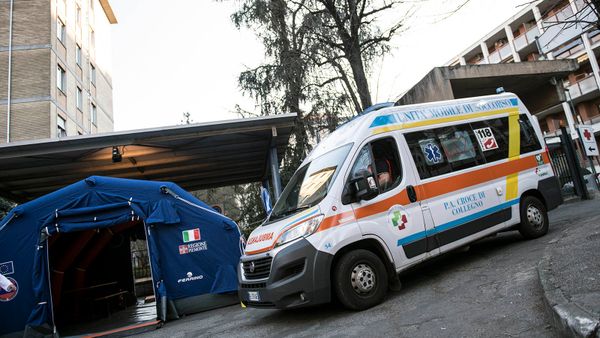
This article was first published on Feb. 27, 2020 and last updated on March 11, 2020.
The virus that causes novel coronavirus (SARS-CoV-2) is continuing to spread across the globe. To date more than 4,290 people have died and more than 118,162 people have been infected with COVID-19 worldwide, according to the World Health Organization (WHO). China was home to more than 80,000 of the cases. The Chinese government took unprecedented steps to curb the virus by placing almost 60 million people on lockdown, and banning travel to and from 15 cities in the Chinese province of Hubei. Italy's Prime Minister Giuseppe Conte also put the entire country, which includes 60 million residents, on lockdown on Tuesday, March 10, 2020, to contain the spread of the virus.
Advertisement
At least 11 European countries, including Italy, Spain, France and Switzerland, as well as the United States, now have confirmed cases. One of Iran's top clerics, Hadi Khosroshahi, died Feb. 27, 2020, from the virus and two members of Iran's parliament announced on social media that they, too, had been infected.
The Centers for Disease Control and Prevention (CDC) in Atlanta confirmed on Feb. 26, 2020, that the United States had its first patient affected with coronavirus via what's known as "community spread." Community spread means spread of an illness for which the source of infection is unknown, and it's also one of two factors that meet the CDC's criteria of a pandemic, Dr. Nancy Messonnier, director of the CDC's National Center for Immunization and Respiratory Diseases, said in a news conference Feb. 26. But by March 10, New York Gov. Andrew Cuomo had to call out the National Guard to help create a 1-mile containment area in New Rochelle, New York, to help stop what is being called a "cluster" of COVID-19 cases there.
This rapid spread of the coronavirus across the globe prompted WHO to officially declare the outbreak a pandemic during its daily news conference on March 11. From WHO Director-General Dr. Tedros Adhanom Ghebreyesus:
Advertisement



